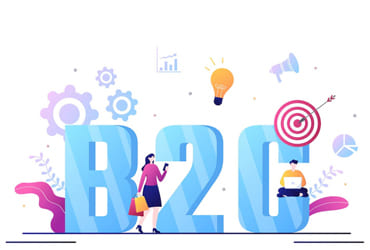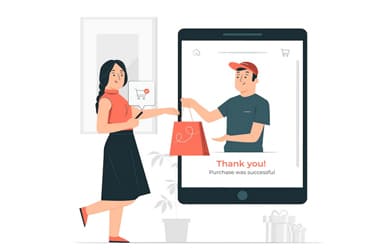
Business-to-consumer is referred to as B2C. It describes how a business sells goods and services directly to customers. Michael Aldrich first applied the concept of B2C in 1979, using television as his main channel for interacting with customers. For instance, amazon.com offers an online retail environment where goods can be sold directly to customers. Businesses that rely on B2C models must preserve positive relationships with their clients to guarantee repeat business. Businesses who rely on business-to-business (B2B) marketing, whose campaigns are concentrated on proving the value of a good or service, must elicit an emotional response from their marketing.


Most businesses utilise one of five different online B2C business models to reach consumers.
Retail websites or storefronts that allow customers to buy directly from the seller are known as direct sellers. Direct sellers who advertise their goods and services to customers may include manufacturers, small companies, and producers.
Users must have a premium subscription with fee-based B2C companies like Spotify or Netflix in order to access extra material. The Wall Street Journal, Hulu, and The New Yorker are further B2C enterprises.
Companies that rely on advertising promote their goods or services on websites with a wide audience. Businesses use traffic-boosting techniques like content marketing, and they subsequently pick the platform that will best promote their goods or services.
Online middlemen are companies that connect buyers and sellers without really holding the goods or services. These businesses typically create a platform that links potential customers with independent vendors. They make money by taking a tiny cut of every sale made by vendors.
In this business model, advertisers can offer their goods or services directly to community members by using online communities that are created around common interests.